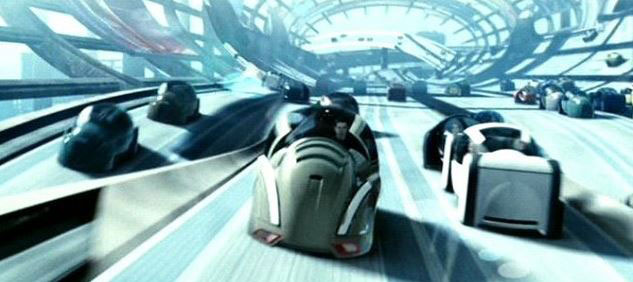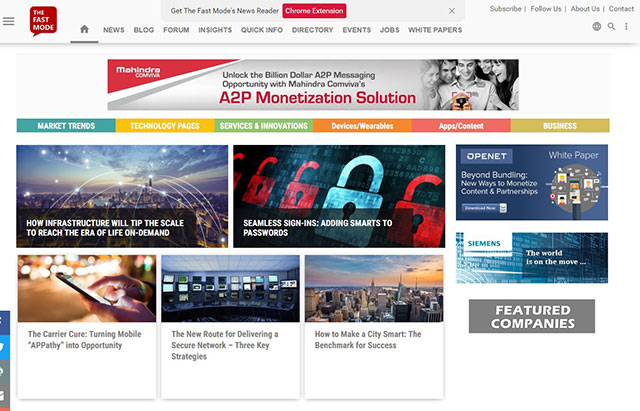Drone delivery is buzzing — but where does it go from here?

With the drone industry netting $8 billion last year and consumer spending for on-demand services topping $57 billion, the implementation and deployment of drone delivery fleets is becoming more of a reality each day. From Amazon’s futuristic drone delivery tower proposal to parachuting packages on the horizon, we are nearing a complete delivery transformation. While these innovations will need to be fine-tuned as the commercial drone industry flourishes, several factors, such as operational inefficiencies, continue to work against the Amazons and Ubers of the world, hindering supply chain innovation.
The mainstream drone delivery timeline
We have already seen the start of drone deliveries, but it likely won’t become truly widespread and accepted until 2025. Over the next seven years, we’ll begin to see an overall increase in this new vehicle for deliveries, but a large portion of these test runs, followed by operational deployments, will be heavily focused in rural areas where the safety risks are smaller and logistics are much simpler to manage. Contrary to popular belief, dense metro areas present numerous challenges and risks — think traffic, privacy issues, power lines, high-rise buildings, sudden wind gusts and crowded streets below.
Instead of thinking about smart urban cities, we should shift our focus, at least for drones initially, to smart rural areas. It’s much more likely we’ll see drones used to deliver common goods like food and medication to remote homes and offices versus a busy suburb. Instead of a consumer driving over an hour one-way into town to pick up a prescription, he could choose to have it delivered by drone. Autonomous vehicles and drones could, and should, even partner for optimal efficiency while delivering packages — companies like UPS and Mercedes are already testing a self-driving van and drone combination for the ultimate rural delivery challenge solution. Meanwhile, cities will shift their attention to small and less risky sidewalk bots to help enable the “life on-demand” luxury in metro areas.
Implementation challenges
Before these services can become a reality, we need to start addressing the inherent challenges to implementation. While there are several concerns that need to be addressed, the ones we should be thinking about sooner rather than later relate to the safe deployment of these technologies. The obvious safety element everyone is looking at, which I am sure will indeed be addressed, is that of the single drone: How will it fly safely, avoid obstacles, carry its packages and so forth? However, it is the deployment of a fleet of drones I am more concerned about. Before they can become commonplace, live operational testing is mandatory to ensure we can deploy several drone fleets without overcrowding the airways — a scenario that could completely erode the potential benefits these technologies present, and moreover create a potentially unforeseen safety risk.
To adopt this technology and do it right, we need to start thinking about a higher-level network of connected drones — no matter the parent company. This means taking a look at how they should be deployed, managed and used so not only individual consumers can experience the benefits of these technologies, but society can as well. Whenever a new method is introduced into everyday use, there is a great deal of strategy that needs to go into thinking about which services are implanted where.
Who will be the first adopters?
One benefit drones exhibit is the lack of overhead required as opposed to traditional delivery methods like trucks and airplanes. A large-scale delivery model requires an enormous amount of capital investment including drivers, trucks, space to store equipment, regional depots and much more in order to be successful. This presents a substantial barrier to small competitors trying to enter the market, even if their model is more efficient than the delivery giants. On the other hand, drones are less expensive to buy, store, maintain and operate and because of this, we’ll likely see many small companies launch drone delivery services. Because of the technologies’ flexibility, there is an opportunity for both corporate giants and mom-and-pop shops to operate in this industry successfully. This in itself also poses an added risk of very large numbers of drones all flying around the same airspace in an uncoordinated fashion. Inefficiency and risk galore.
Additionally, companies like FedEx and UPS will also look to break into the drone business in order to stay competitive. As drone technology improves and new businesses emerge, it’s likely drones will slowly begin to replace some of the last-mile routes traditionally fulfilled using trucks and vans, thus resulting in increased efficiency across the board. Just think: if one delivery in a driver’s route is three miles out of the way of every other stop, that’s six miles roundtrip for a single package. The time spent driving to the delivery destination and back is not only an inefficient use of the employee’s time, but a costly waste of company resources (assuming, of course, the package is small enough to be delivered by a drone instead). In the future, delivery vans will likely be equipped with drones to deploy one-off package deliveries, optimizing the driver’s daily route while simultaneously reducing operating costs. In combination with the great distribution networks and infrastructure in place, FedEx and UPS will have a huge leg up on potential competitors looking to enter the drone arena.
Looking ahead: The future is buzzing
Look for Amazon to continue to push the envelope very publicly, but don’t be shocked to see Wal-Mart come out with a surprise from left field. It has the money, it just has to find the right focus and partner — I think it will. I also anticipate seeing brand-new delivery companies emerge and try to conquer the space, only eventually to get bought out by the delivery giants such as UPS and FedEx to try and maintain pace with Amazon.
At the end of the day, there are two technologies that are going to be required to make this all happen, and happen successfully to the benefit of the consumer and service provider: a safe and effective drone at a price point that is affordable, and dynamic network-level, multimodal scheduling software that will enable the service provider to efficiently deploy a fleet of drones and integrate them with other resources.
Finally, don’t limit your thinking to delivery being of only physical goods. Drones will also be used to deliver data. Insurance companies could rapidly deploy a drone to a car accident scene (especially that of a driverless car) or a home disaster to take photos from multiple directions and collect data in near-real-time to increase the accuracy of the data. That same drone could deliver information rapidly to emergency services, such as the police and fire department, to increase treatment quality and survival rates.






